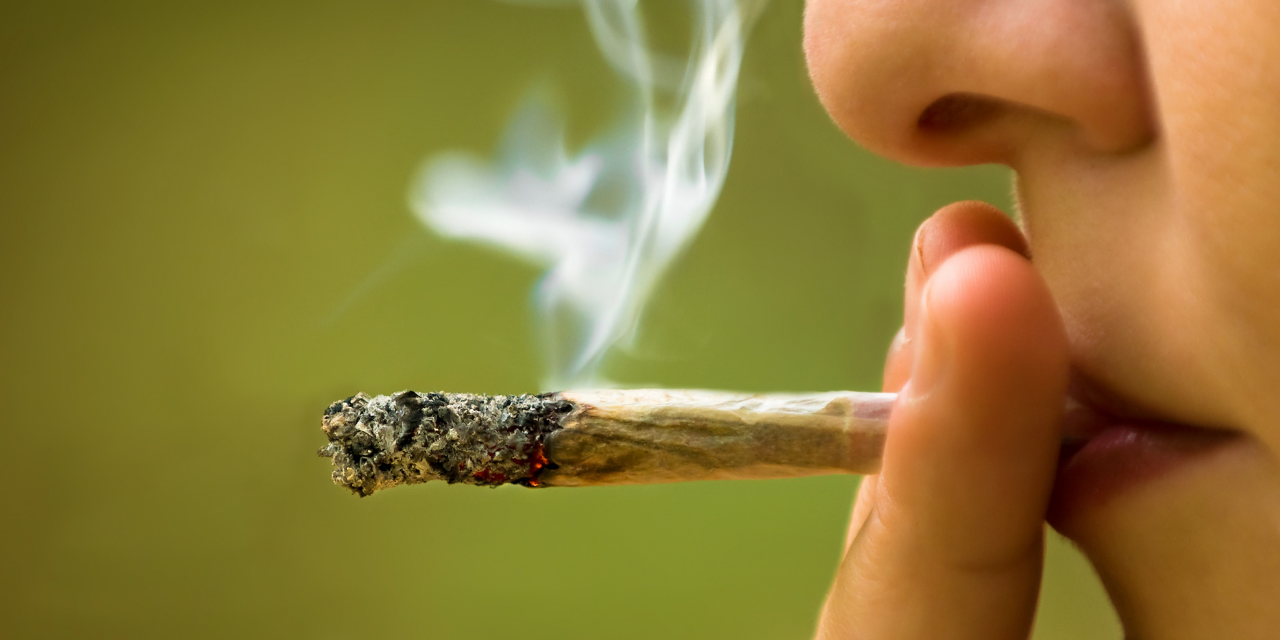In November 2020 South Dakota voters approved an amendment to their state constitution legalizing recreational marijuana by a 54% margin. This week the state’s Supreme Court struck down the measure, ruling that it violated the rules for submitting constitutional amendments to voters.
South Dakota, like 15 other states, has what is known as a “single-subject” rule for ballot initiatives that amend the state constitution. “No proposed amendment may embrace more than one subject…” Article XXIII of the state constitution reads.
The ruling from the South Dakota high court affirmed a lower court ruling from earlier this year, finding that the ballot initiative, known as “Amendment A,” involved not one, but nine separate additions to the state constitution, amounting to at least three separate subjects, and was thus in violation of the constitutional amendment process.
A second marijuana amendment, legalizing its medicinal use, was also approved by state voters in 2020 and remains in effect.
According to Ballotpedia, there are three general reasons for single-subject rules:
- Initiatives that address only one subject are easier for voters to understand.
- Single-subject rules allow voters to express a clear intent on a single issue.
- For example, they prevent provisions that are very popular with voters from being combined with other, unrelated provisions in the same initiative in order to garner voter approval for the less-popular policies.
- Single-subject rules allow greater voter representation because there is no ambiguity regarding the intention of each voter when they cast a vote.
Although the South Dakota high court ruled against the amendment on a technical issue, there is cause to breathe a sigh of relief if you’re a concerned citizen of that state.
The legalization of marijuana always polls well among the public, most recently as high as 68%. However, the public may not be aware of the documented harms of the drug:
- A danger for babies when their moms are using the drugs during pregnancy, including: low birth weight and developmental issues; increased risk of stillbirth; neurological problems; and learning difficulties in school. Pregnant women are drawn to marijuana use in an effort to alleviate nausea associated with pregnancy.
- A danger to children and teens who are using the drug in increasing numbers, including: IQ declines, cognitive or neural impairment and decreased verbal memory; distorted perceptions, psychotic symptoms, difficulty with thinking and problem solving, disrupted learning and memory, and impaired reaction time, attention span, judgment, balance and coordination.
- An increase in severe mental illness, depression and suicide.
- An increase in emergency room visits: In Denver, Children’s Hospital Colorado saw an increase in acute cannabis-related admissions such as cyclic vomiting, paranoia and psychosis. In 2005, there were 161 such admissions; in 2015 that number had increased to 777 hospital visits.
- An increase in fatal vehicle collisions.
In states that have several years of experience with legalized marijuana use, such as Colorado, the negative impacts on society are serious, including:
- More youth and young adults using the drug: Colorado, one of the first states to legalize the drug, holds the top ranking in the country for first-time marijuana use among youth ages 12 and up.
- Increased driving under the influence and more accidents: Marijuana use impairs driving in a number of ways, slowing reaction time, decreasing coordination, and impairing judgment of time and distance.
- Increased state spending: Those pushing marijuana promise that money will come pouring into state coffers, but Colorado spends $4.50 to mitigate the effects of legalization for every $1.00 in marijuana tax revenue.
South Dakota citizens may have voted in favor of recreational marijuana, but they dodged a bullet due to the action of their state Supreme Court in this case. Hopefully, the truth about this dangerous drug will continue to reach the public across the country, who thus far appear to have bought into the marijuana industry’s hype that this is just a “harmless” drug.
It is anything but.
Photo from Shutterstock.






